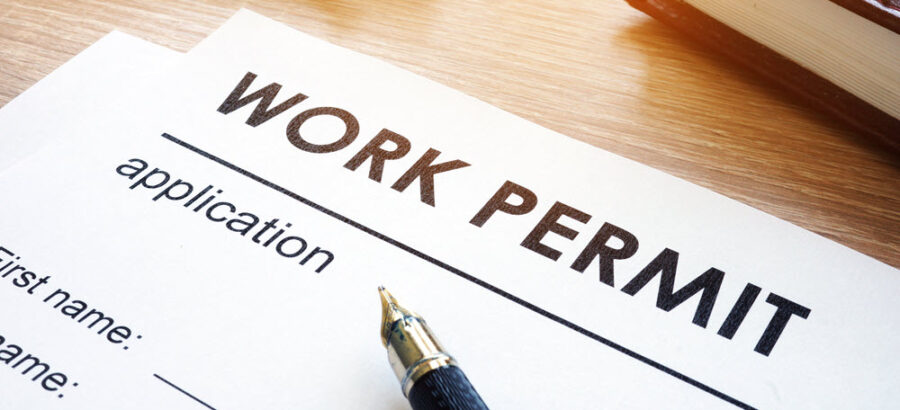The UAE is a hub for global talent, attracting thousands of professionals across various sectors. For anyone planning to work in the Emirates, understanding the legal documentation required is essential. Among the most commonly confused terms are employment permits and work permits. While they may seem interchangeable, they serve distinct purposes in the UAE’s labor and immigration system. In this blog, we break down the key differences between employment and work permits, helping you navigate the process with clarity and confidence.
- What is a Work Permit in the UAE?
A work permit, also known as a labour card, is issued by the Ministry of Human Resources and Emiratisation (MOHRE). It is the official document that allows a foreign national to legally work in the UAE under a specific employer.
- What is an Employment Visa or Employment Entry Permit?
An employment visa (or employment entry permit) is a temporary visa issued to allow a foreign worker to legally enter the UAE for the purpose of taking up employment. It is part of the broader residency visa process.
- Key Differences Between the Two
Both documents are interdependent—you need an employment visa to enter the UAE for work, and a work permit to be employed legally within the country.
Wrapping Up
While they work hand-in-hand, the employment visa and work permit serve different yet complementary purposes in the UAE’s labor framework. Understanding their roles is crucial for foreign workers, HR teams, and employers to remain compliant with UAE labor laws. Whether you’re entering the country for the first time or hiring new talent, clarity on these permits will ensure a smooth and legal employment journey.






